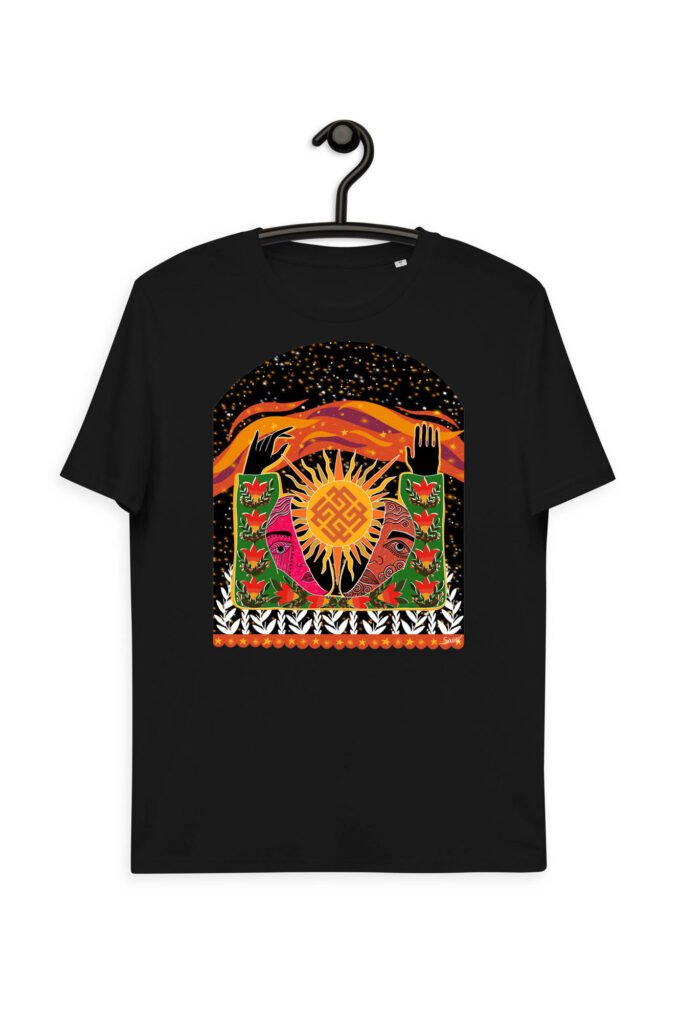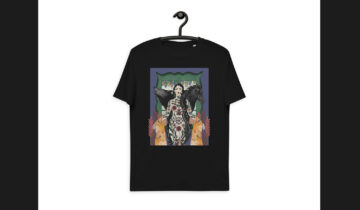During this time, the soil in the fields is frozen into clods. Festively covered tables, anticipation, memories, reflections, the time when the sky and the underworld are connected, the time of the winter solstice and the birth of a the new sun. After the autumn equinox, on September 23, the nights get longer and the sun “dies” faster and faster. This phenomenon lasts until the winter solstice, when the sun begins to seemingly stand still and stops moving south. On December 21, the winter solstice occurs and the dark half of the year turns into light.
When day and night are of equal length, the new sun is born. »Svarožič« is the son of the pre-god, the main deity of Slavic mythology – Svarog and his wife Vida, who is a lunar deity and goddess of hunting.
During this time, our ancestors lit bonfires and performed the ritual of burning a tree stump on the home fireplace. Chok (oak stump with roots) was chosen in the forest by the master of the house, and the housewives ritually cleaned the fireplace. The fireplace used to be an important source of heat, the center around which the family gathered. The chimney meant the connection between the earth and the sky, and the spirits of the ancestors lived on the fireplaces, taking care of the livelihood, happiness and well-being of all the living. The stump they lit had to be big enough to burn for another twelve nights (wolf nights). They made sure that the fire burned continuously, as this was supposed to help the new sun reach its full strength. Divination was also performed from the flames of the fire, and the ashes were kept in the house until the following year. The family threw goodies (wine, milk, honey, salt and nuts) on the fire. In order to honour the birth of the young sun, they threw juniper branches on the fire.
The celebration of »svarožič« has been preserved until today – Christmas. The name of the holiday and its content are of pre-Christian origin. The name comes from the root “god” and the suffix “-ič” used to denote a child or a son. The celebration of the birth of the saviour began to be celebrated by Christians only in the fourth century AD. However, the celebration of the sun during the longest winter nights has been preserved, in a mythology that is completely consistent with natural cycles, this is just one of the many celebrations of our slavic ancestors.
















 No products in the cart.
No products in the cart.